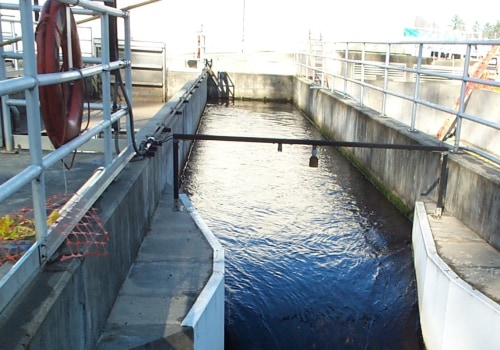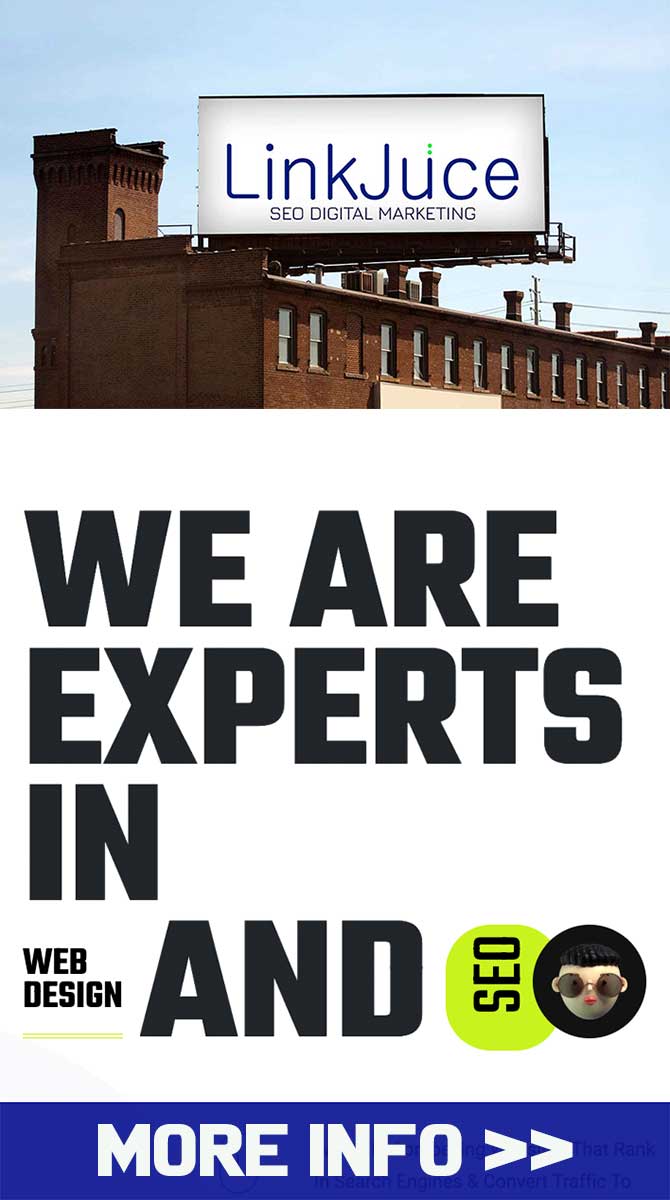If you’re running an auto repair business in 2025 and still treating digital marketing like an afterthought, you’re behind. Way behind. Most car owners aren’t flipping through phone books or trusting their gut on a random garage anymore—they’re searching on Google, comparing reviews, clicking on photos, and scanning websites. They want fast answers, clear prices, and trust signals. So, here’s what’s working now. What’s shifting. And what every independent shop, tire center, or brake specialist should be paying attention to.
Local SEO is Non-Negotiable
People search things like “brake repair near me” or “wheel alignment Wilmington NC” or "car mechanic near me" every day. If your shop isn’t showing up, you’re invisible. That’s not dramatic—it’s literal.
Start with your Google Business Profile. Fully fill it out and make sure you optimize each section. Add actual photos of your shop—exterior, bays, waiting area. List your services one by one, not just “auto repair.” Post updates weekly. Ask customers for reviews and respond to every one. Google watches this behavior and ranks you accordingly.
Also, your website should have pages that are optimized for keywords people actually type. That means:
- “Oil change in [City]”
- “Auto diagnostics for foreign cars”
- “Certified brake repair mechanics”
If your site just says “Welcome to our repair shop, where we take care of your car like family,” it’s fluff. That language does not rank.
Common mistake: Forgetting to include location-based terms in headlines and page titles. Google isn’t going to guess that you're in Wilmington unless you say it. Repeatedly.
Mobile-First Website Design
Most of your traffic is mobile now. People are searching for auto repair from their phones—either right when their check engine light comes on or while they’re stuck somewhere. Your site needs to load in under three seconds. The phone number must be tap-to-call. Address clickable to open in Maps. No autoplay videos, no pop-ups that block the screen.
Responsive design isn’t a bonus anymore. It’s baseline.
Mistake to avoid: Having a beautiful desktop layout but a broken or unreadable mobile version. Also: PDFs for coupons or menus—these are a pain to open on phones and don’t help SEO.
Reputation is Your Marketing
Review signals influence local search rankings and customer decisions. Period.
Auto repair shops live or die by trust. If your shop has fewer than 20 reviews, or they’re old, or you have a few low ones with no response, that hurts. People assume the worst if there’s no activity.
Implement a process. After a repair is done, text the customer a direct link to your Google profile and ask for feedback. Do it while the experience is fresh. If they’re not happy, don’t beg for a good review—fix the problem, then ask again once they’re satisfied.
What happens if you don’t? People will go to the guy with 57 reviews and 4.8 stars down the road, even if he’s worse. Visibility and perceived reliability are tied together now.
Hyper-Targeted Paid Ads
Google Ads and Facebook Ads still work for auto repair, but only if you're strategic. Broad campaigns like “auto repair near me” can burn through your budget fast. You need to dial it in.
Run ads specifically for:
- “AC recharge special”
- “Brake inspection $39”
- “Check engine light diagnostics”
Set a narrow radius (maybe 5-10 miles) and target mobile users. These people aren’t browsing. They’re looking to solve a problem now. You want to catch them in that moment.
Facebook and Instagram can be useful too—just not for random brand awareness. Use them for promo campaigns. Show before/after repair images, team intros, or limited-time offers.
Mistake: Not setting negative keywords in Google Ads. This leads to paying for unrelated clicks like “DIY auto repair” or “free car service.” Protect your budget.
Video Content Builds Trust
Auto repair is one of the least trusted industries by default. Most people don’t know what’s under the hood and assume they’ll get ripped off. Video helps fix that.
You don’t need studio quality. Just real footage of your techs working, short explanations of common repairs, or walk-throughs of what to expect when someone comes in. These go on your site, Google profile, Facebook page, and YouTube.
Examples:
- “What to Expect With a Brake Job at Our Shop”
- “Check Engine Light? Here’s How We Diagnose It”
- “Why We Recommend Tire Rotations Every 6K Miles”
Keep it short, useful, and real.
Don’t do this: Overproduce it or turn it into a commercial. People don’t want a pitch. They want answers.
First-Party Data and Email Lists
Building your own customer list gives you leverage. You should be collecting emails and/or phone numbers at every service, with consent. Then use that data for:
- Service reminders
- Seasonal checklists (e.g., “Pre-winter tire and fluid check”)
- Loyalty offers (“$10 off next visit”)
Don’t spam. Just be consistent and useful.
Email open rates are still decent if you're not overloading the message with junk. Text reminders (with opt-in) get even better engagement—especially for appointment confirmations and post-service follow-ups.
What happens if you skip this? You’re stuck relying on Google forever. And those customers you worked hard to earn? You lose contact with them after one visit.
Schema Markup and Technical SEO
Most auto repair sites are missing this: structured data. It’s invisible to users but tells search engines exactly what your business does, where you’re located, what services you offer, and what hours you’re open.
There’s a specific schema for auto repair shops. It helps generate rich results—like those helpful snippets with star ratings and quick links to directions or booking.
Make sure your dev or SEO team adds:
- @type: AutoRepair
- Service area details
- Reviews markup
- Operating hours
- Logo and contact info
Google crawlers rely on structure. Don’t make them guess.
Social Proof: Not Just Reviews
Customer photos, tagged check-ins, and behind-the-scenes content go a long way. People trust people. If your customers are okay with it, take a photo with them and the car (after a big repair, say), and post it with a quick caption like:
“2020 Honda Civic back on the road after major suspension work. Thanks, Brian!”
It’s informal but builds real credibility. This stuff beats stock photos every time.
What not to do: Ignore social media because “it doesn’t bring traffic.” It brings validation. It’s part of the decision funnel.
Final Thought
Auto repair marketing doesn’t need gimmicks. It needs structure, visibility, consistency, and trust. Most people just want a mechanic who’ll fix it right, tell the truth, and not overcharge them. Your digital presence is how they decide whether that’s you or not—before they even call.
If your website is outdated, your reviews are spotty, and you’re not showing up on Google Maps, then your problem isn’t your competition. It’s your marketing.
Fix it the same way you fix a car. Diagnose the weak spots. Replace what’s broken. Keep the parts that work.
And stay current—because the digital road changes fast.








